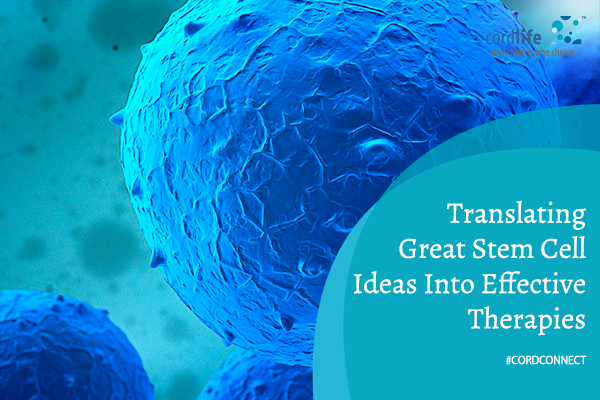Table of Contents
CIRM’s Governing Board recently approved $15 million for four projects in translational awards program, which promises to offer support to invent novel stem cells transplants that can be applied to patients during clinical trials. Wondering what “translational” might mean in studies, involving stem cells? “Translational” implies to researches that take the basic results of a clinical study and then advance them in a way that they become ready to be tested in patients in various clinical trials.
The fund for translating stem cell studies into effective therapies is divided into four researches. They are:
- Alzheimer’s disease
- Sickle cell anemia
- Cartilage damage
- Osteonecrosis
Treating Alzheimer’s Disease
Gladstone Institutes in San Francisco received $5.9 million from the fund to find out a way to treat Alzheimer’s disease. Alzheimer’s disease has no long-term treatment or no known cure and it affects five million Americans.
In the process, the researchers are looking at generating brain cells by applying pluripotent stem cells in an induced form. Pluripotent stem cells or iPSCs are the adult cells that can be reprogrammed to give them the ability to modify into any other cell type.
Treating Patients With Sickle Cell Anemia
The second project involves patients suffering from sickle cell anemia. A fund of $4.5 million is approved to the researchers at Children’s Hospital Oakland Research Institute (CHORI) for the trial.
Sickle cell anemia is a genetic blood disorder. It involves severe pain and can even lead to organ damage and stroke. The disease has affected over 100,000 people in the US. Currently, the most effective and long-term treatment for this disease involves bone marrow transplant. However, the procedure requires a suitably matched donor, which may take months. Even though a donor is found, the surgery may still leave a life risk.
Researchers found out that the patient’s own blood stem cells can eliminate the complications and at the same time address the condition. To implement the technique, a new gene-editing tool called CRISPR-Cas9 is used by the CHORI team. This technique helps to develop a way to edit the defective gene causing sickle cell and transform it into a healthy blood supply for the affected people.
Treating Medically Untreated Cartilage Damage
The third portion of the fund went to the University of Southern California (USC). The researchers of USC have been granted with $2.5 million, so that they can develop a full-proof technique to treat cartilage damage with stem cell transplant.
Cartilage damage might not be life-threatening, but it affects the lifestyle of millions of people to a great extent. And if remain untreated for a long time, it might result in severe conditions such as chronic pain, degeneration of joints and even arthritis.
Treating Osteonecrosis
The fourth part of the fund, $2.09 million, went to Ankasa Regenerative Therapeutics for a project, involving osteonecrosis. Regenerative Therapeutics researchers hope to discover a solution to the painful disease, which is caused due to inadequate blood flow to the bones. And as the result, the bones begin to rot and then die.
We hope that translational awards programs with stem cell ideas result into effective therapies. Stay tuned for more updates!
